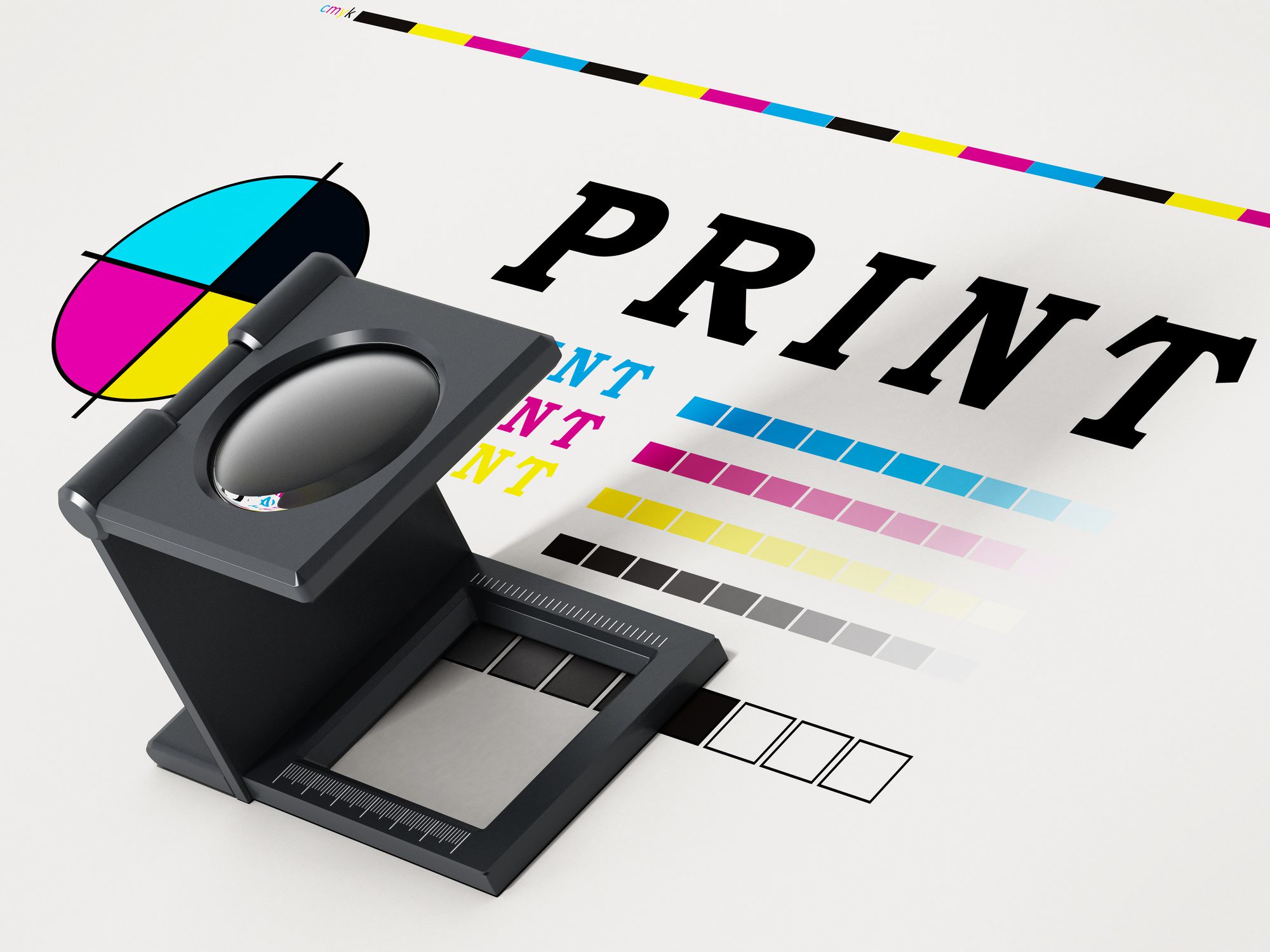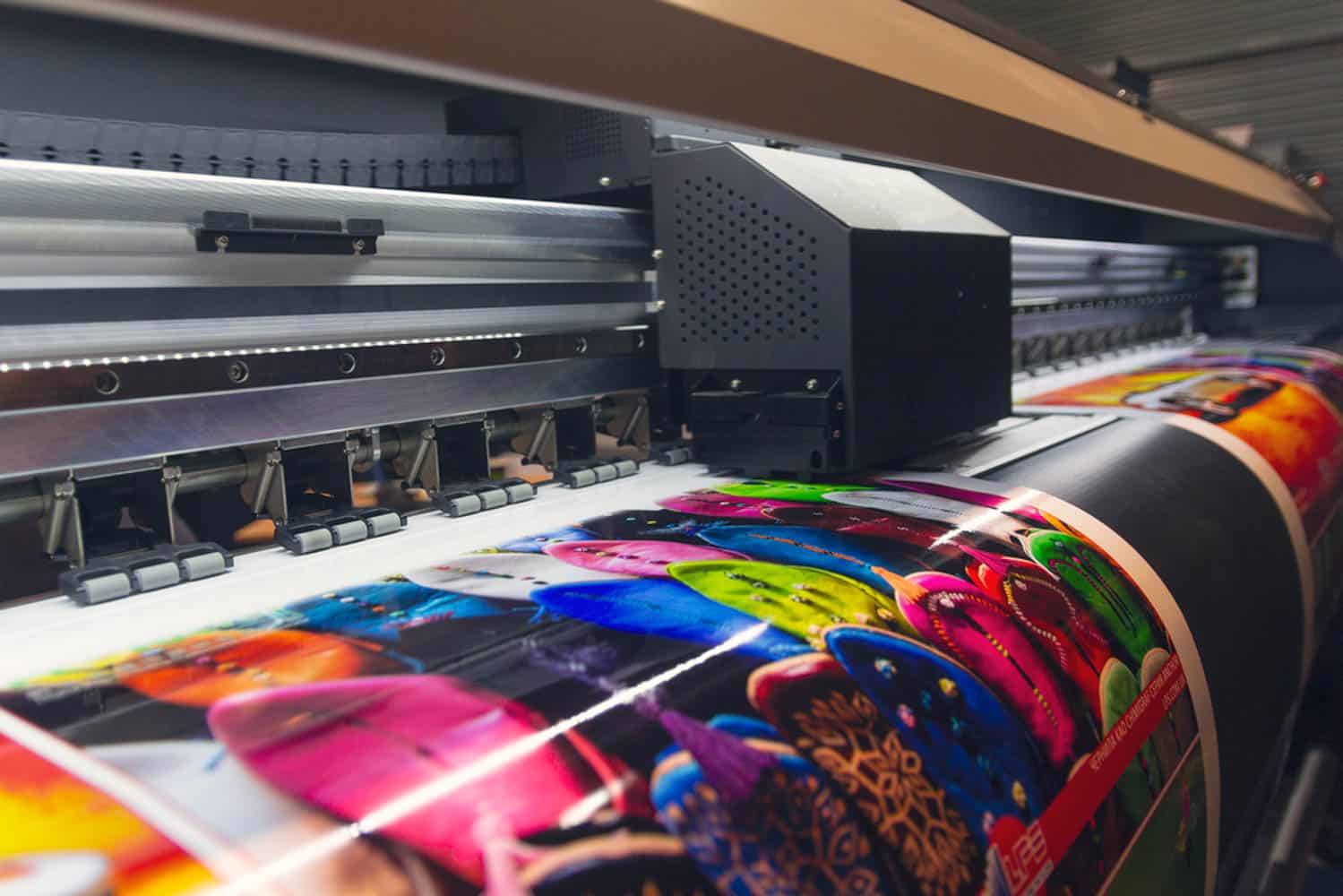Evaluate different platforms to find the best print on demand option for you.
Evaluate different platforms to find the best print on demand option for you.
Blog Article
Comprehending Exactly How Digital Printing Reinvents the Printing Industry
The printing sector, long soaked in conventional techniques, is going through a radical makeover with the development of electronic printing. This cutting-edge technology, which eschews the requirement for printing plates, enables fast production and personalization, improving the landscape of print communication. With its prospective to stimulate involvement through individualized web content and to provide lasting services, it's clear that digital printing is even more than a technical breakthrough; it's a crucial video game changer. Yet just how specifically does it revolutionize the market? Allow's explore.
The Advancement of Digital Printing: A Brief Overview
Given that its creation, electronic printing has undertaken substantial transformations, continuously transforming the printing sector. Its evolution started with the growth of xerography in the mid-20th century, a process which prepared for printer. With the introduction of the 90s, digital printing modern technology began to develop, and the market saw the intro of direct imaging presses, which removed the requirement for printing plates. As the brand-new millennium unravelled, developments in innovation additionally stimulated the growth of electronic printing, resulting in the development of high-speed inkjet printers. These devices supplied premium quality and speed, for life transforming the landscape of the sector. Today, electronic printing stands as a testimony to human innovation, continuously advancing to meet the ever-changing demands of the modern-day globe.

Unpacking the Modern Technology Behind Digital Printing
Delving right into the complexities of digital printing technology, one runs into an abundant tapestry of sophisticated equipment and complex formulas. At the heart of this process exists a digital picture, which is refined by software that separates it into a grid of dots. These dots are then converted right into an electronic code. This code is translated Learn More by the printer, which uses it to precisely deposit beads of ink onto the substratum. The beads are so tiny and exact that they create a picture that is essentially indistinguishable from the initial. This complex system, bolstered by advanced software program and high-resolution imaging, has actually transformed the landscape of the printing sector, leading the way for extraordinary levels of detail and accuracy.

The Benefits of Digital Printing for Companies
Understanding the technology behind digital printing supplies a clear picture of its accuracy and information. Digital printing is eco pleasant, utilizing much less ink and generating less waste. The full capacity of electronic printing is realized when used for personalization and customization, a subject that will be covered in depth in the next area.
The Function of Digital Printing in Modification and Personalization
While typical printing approaches deal with modification and personalization, digital printing excels in these areas. It enables the very easy modification of layouts, without the need for expensive and taxing plate changes (print on demand). This enables organizations to tailor items to private customers, conference details needs and improving customer fulfillment
Digital printing also permits variable information printing, where elements such as message, graphics, and images may be altered from one published piece to the following, without reducing the printing procedure. This is specifically useful for straight advertising and marketing campaigns, where personalized messaging can considerably boost response rates. This way, digital printing not just changes the printing sector yet additionally changes the means services interact with their consumers.
Analysing the Environmental Effect of Digital Printing
Although electronic printing has been lauded for its duty in personalization and personalization, it is important to useful reference examine its ecological effect. Digital printing can be less the original source wasteful than conventional approaches, due to the fact that it operates on a 'print on need' basis, removing the requirement for big print runs that can result in surplus and waste. While digital printing has many advantages, its ecological impact needs to be conscientiously managed.
Conclusion
In conclusion, digital printing has actually transformed the printing market, using quick, cost-effective, and premium solutions. It assists in modification, enhancing client interaction, and utilizes a sustainable print-on-demand model. As this innovation remains to develop, its influence on service communication, client fulfillment, and environmental sustainability becomes significantly extensive. Understanding these changes is critical for services to take advantage of the advantages of digital printing efficiently.
Report this page